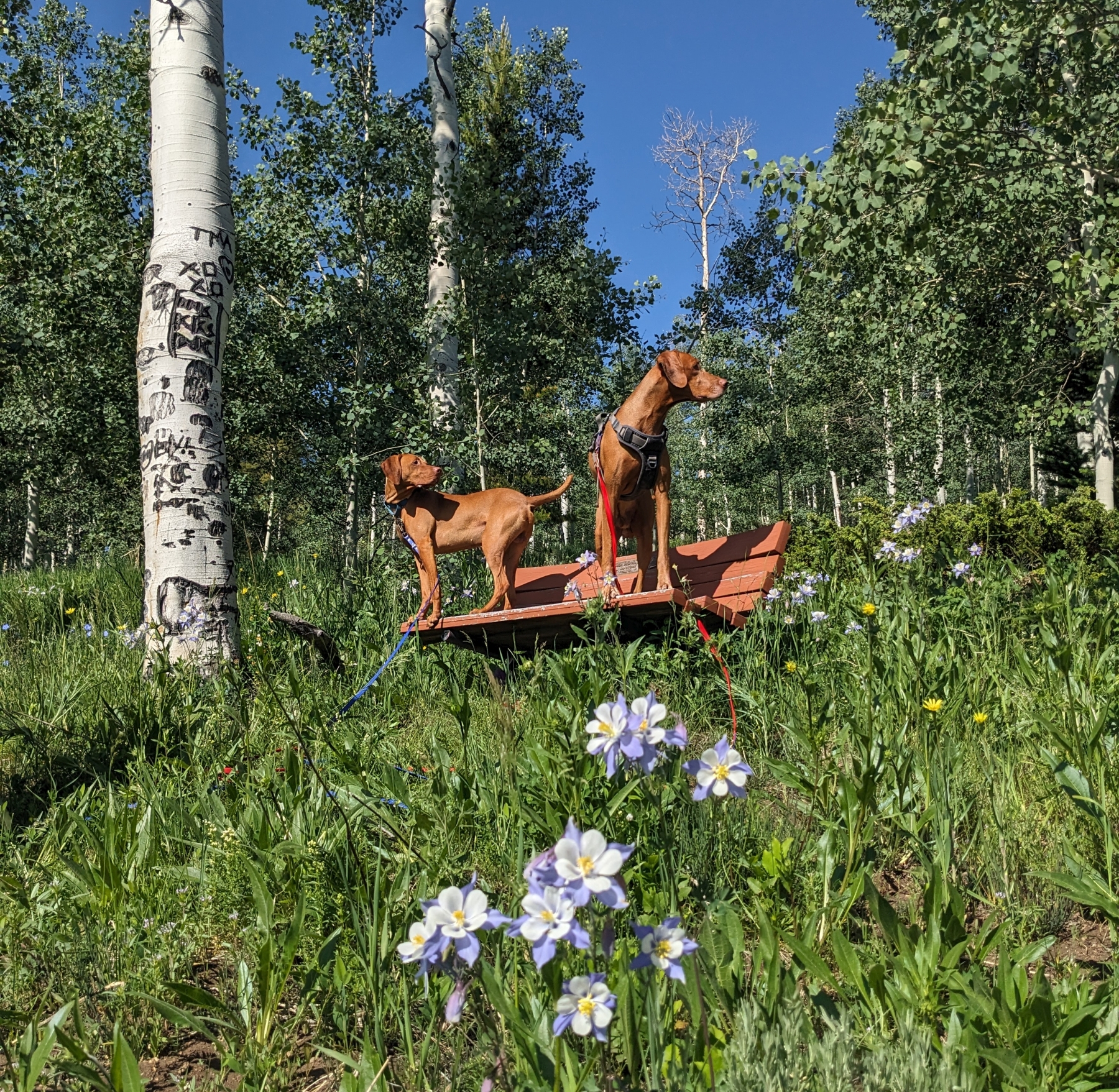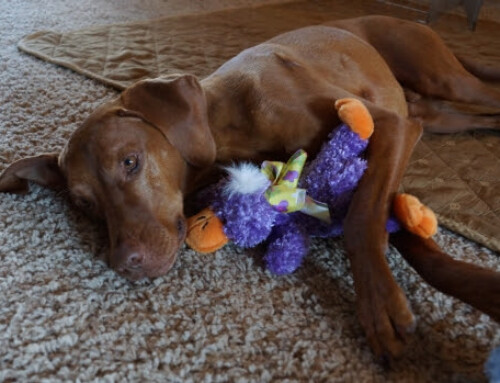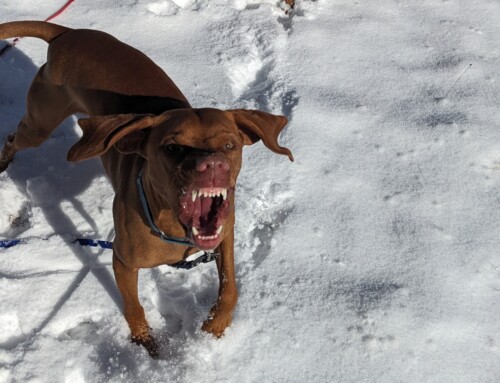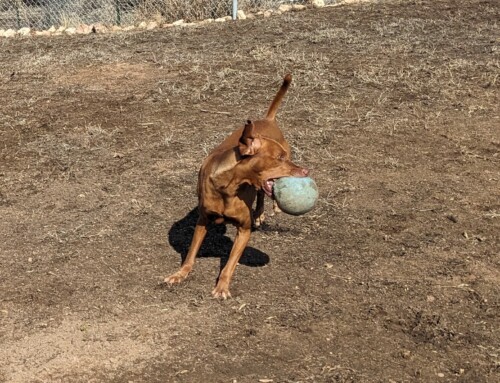DOG TRAINING OFFERED IN-PERSON AND ONLINEOur dog training services are delivered in almost any format that meets your needs. We have GROUP CLASSES at our indoor and outdoor facilities on our farm, ONLINE LIVE STREAMING classes, and SELF-PACED VIDEO-BASED training through our Online Dog Training Course. Our PRIVATE TRAININGS can be done in-home, outside, in public dog-friendly locations, at our facility on our farm, online via phone or video conferencing and through email. |
You have probably at some point heard that two intact male dogs cannot live together. They won't get along. They will fight. They will both try to be the alpha.
Will intact males dogs fight? Possibly.
Neutered male dogs might also fight. Or spayed females. Or unspayed females. If there is more than one dog, there is the potential for dogs to fight.
But does having two intact dogs mean you are likely to have fights? Not necessarily. There are plenty of other contributing factors to consider. Ages of both dogs. Breeds of both dogs. Temperament of both dogs. Behavior issues with one or both dogs.
If you want to minimize the chance of two household dogs fighting with each other, you should consider the statistics for such things. Neutering is just one of those. But that one factor by itself won't tell you the risks.
At the time of this writing, we have Zooka and Blitzen. Zooka is an intact male Vizsla, two-and-a-half years old. Blitzen is an intact male Vizsla, one-and-a-half years old. They have lived together since Blitzen was around eight months of age and for the past ten months.
Have they fought? No. There has, to this point, never been a fight.
Have they thought about fighting? Yes.
They have had plenty of tense moments. One gets upset about something, stiffens and growls. The other gets worried and also tenses up. Possibly even growls back, though normally, Blitzen is the one who does the growling.
In some cases, they manage to diffuse it themselves. In some cases, one of the humans in the household steps in and redirects them both to other places to cool down.
Would I trust that they will never escalate to a fight? No, not at this point in time. The potential is there. But clearly neither one really wants to fight. If one of them actually wanted to fight, there would have been a fight or several by now.
Sometimes they get themselves in a situation they are not sure how to get out of. So far, we have helped them out of those situations. Having an adult human step in to calm things down is important. Someone who can remain calm and remind them that escalation is not the only way out of that tense moment.
So, that brings up the other piece of the puzzle that we did not mention earlier. What's that other factor? The humans.
One big factor that can help to prevent fights from becoming an issue is how the humans handle everything.
We have rules in place. We have structure and routines that help prevent problems.
Many dog fights happen over resources. No, it's NOT typically one dog trying to be the alpha. It's one dog trying to guard something they consider to be a valuable resource. A bone. Food. A food bowl. A toy. A bed. A person. A doorway (access to it). That does not mean they are trying to be the alpha dog and control everything.
Some dogs are willing to fight over valuable resources. And your dog could decide anything is a valuable resource. Including you. (By the way, that's not protecting you. That's keeping you all to himself.)
We have rules in place to prevent many of those problems.
Meal time? We separate dogs for meals until everyone is well enough trained in the routine that they mind their own business. No one is ever allowed to approach or attempt to take the other's meal.
Bones or other items to chew? Our rules are clear that you give the other dog their space and do not harass or try to take their chew item away.
Doorways? We require everyone to wait to be released through the door. Rules in place prevent them from making their own.
Furniture privileges? Only if you share and mind your manners. If not, you will be removed.
Will the rules and structure always prevent fights? No, there are some dogs who will fight anyway. But the proper planning and training can prevent a lot of problems from starting in the first place.
Can two intact male dogs live together peacefully? Yes. But you need to know your dogs well. And you should be doing everything you can to prevent potential problem areas from becoming a problem at all. And know how to address things if you begin to see issues developing.
Are there some intact male dogs who just cannot live peacefully together no matter how hard you try? Yes.
Neutering is just one factor to consider. There are plenty of other factors that you must take into account as well.
Our goal is to positively impact the lives of as many dogs and their families as we can, in part through our extensive library of video, infographics and text articles. |










Leave A Comment